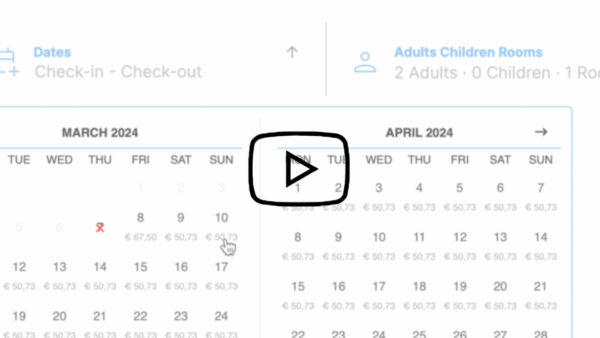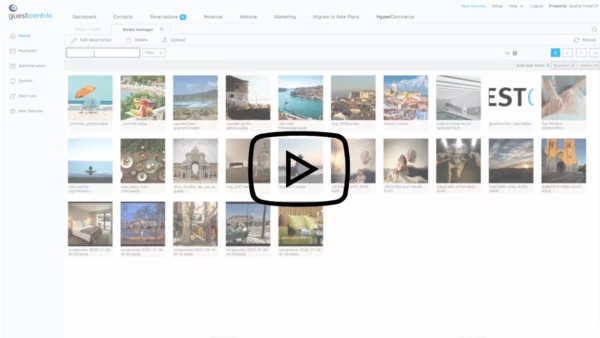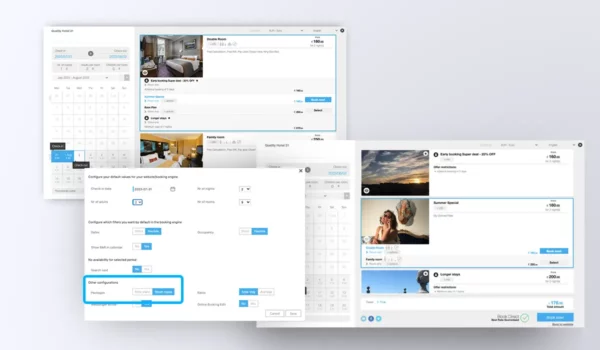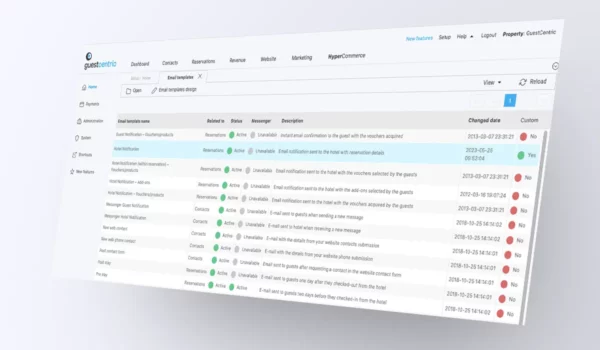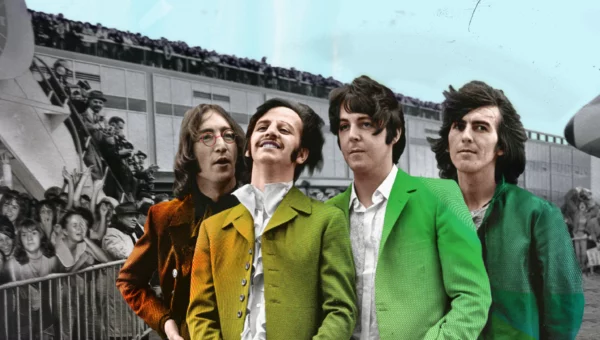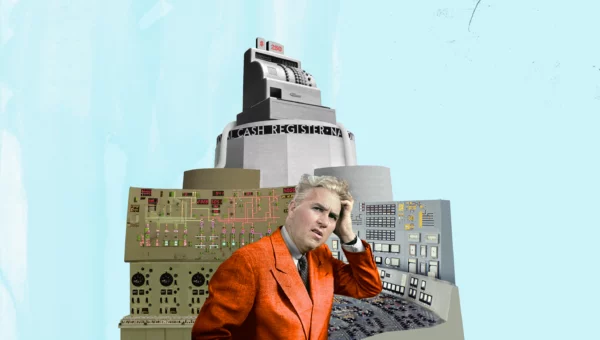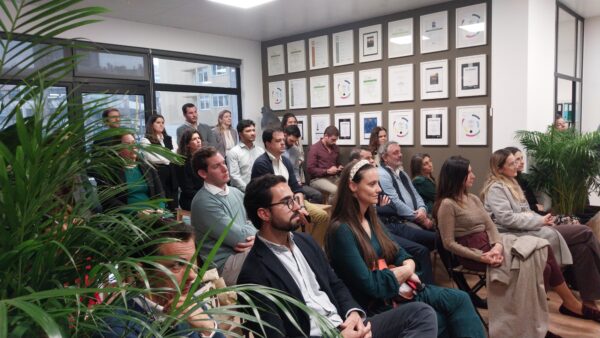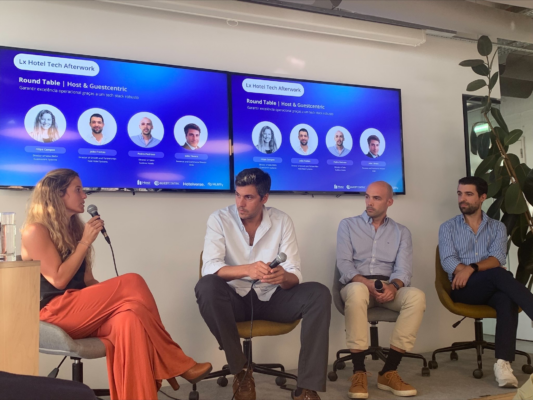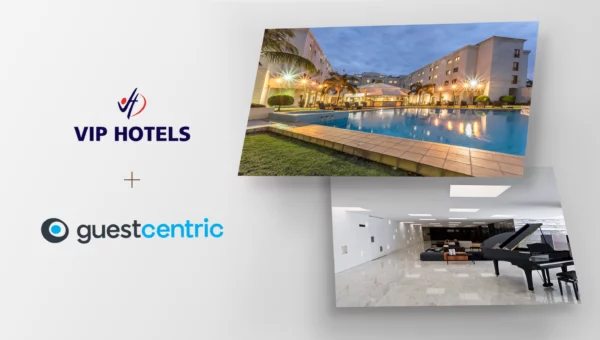How to Decode the Guest Journey for More Hotel Direct Bookings
Reading Time: 5 minutesBy Guest Contributor, John McAuliffe – Founder of Purpose & Promise
In today’s crowded and competitive online marketplace, understanding the customer journey is crucial to craft a marketing strategy that drives hotel direct bookings. As consumers’ online behavior continues to evolve in line with new or advancing technologies, hotels must adapt by not only recognizing the path a customer takes from discovery to booking, but also actively engaging and influencing their decisions at each stage.
This article delves into why and how a deeper comprehension of the customer journey can significantly increase direct bookings for hotels.
Rethinking the Customer Journey
Rethinking the customer journey begins with a shift in perspective from selling to assisting the customer in buying. Hotels often concentrate on maximizing room night sales, focusing on the ‘sell’ rather than understanding how customers choose and purchase these stays. The first step in this shift is to engage directly with customers. Surprisingly, many business leaders, including those running hotels, do not spend enough time having real conversations with their clientele outside of formalized research like focus groups and surveys.
Personal, in-depth discussions with a few customers can be more insightful than data from thousands of survey responses. These interactions help build an accurate model of customer thoughts, preferences, frustrations, and satisfactions. For example, Isadore Sharpe of Four Seasons Hotels famously utilized his understanding from direct customer interactions to develop and replicate the success of the brand globally. By genuinely understanding the customer’s behaviour through direct engagement, hotels can more effectively tailor their business strategy to meet and exceed expectations.
Interpreting Feedback to Paint a Complete Picture of the Customer Journey
It’s essential to recognize that all feedback—whether it comes from customers, employees, or vendors—is valuable. My primary advice to hotels is to actively listen to this feedback, as doing so already sets you apart from many competitors. However, understanding the type of feedback you’re receiving is crucial. Feedback can be presented in various forms; some can be taken literally, while other feedback might require interpretation.
Consider the famous insights from visionary leaders like Henry Ford, who said, “If I had asked people what they wanted, they would have said faster horses,” and Steve Jobs, who noted, “It sounds logical to ask customers what they want and then give it to them. But they rarely wind up getting what they really want that way.” These examples underscore that how we listen to feedback can be more critical than the feedback itself.
This leads us to the concept of the customer journey. If you’re wondering whether direct feedback, such as reviews, can help map out this journey, the answer is generally no. Reviews tend to measure outcomes against expectations and are useful for refining features and experiences but don’t typically reveal the deeper, step-by-step process that customers go through when selecting hotel accommodations.
To truly understand the buying journey, it’s essential to look beyond the obvious channels used by consumers. You need to explore the detailed processes they undertake to evaluate their options, eliminate contenders, and make their final decision. This involves identifying the key influencers at each decision phase, understanding their actions and decision-making criteria, and measuring their influence over the final choice.
The most effective method to comprehend this journey is through direct conversations with your customers and potential customers. An interview technique particularly suited for businesses dealing with “High Consideration” purchases—where buyers invest significant time evaluating their options—is “Take me back to the day…”. For instance, you might ask a customer, “Take me back to the day when you first decided to search for and evaluate your options around hotel accommodation in Paris and tell me what happened?” This question should be the starting point for a dialogue that can reveal what triggered their search, the options they considered, the decision criteria they used, potential barriers they faced, what a successful outcome looks like to them, and who else was involved in their decision-making process.
By conducting a series of these interviews, you will gain a clearer picture of why your hotel was chosen—or not chosen—and uncover the detailed narrative of how your core customers progress from initial consideration to the final purchase. This deeper understanding will allow you to better align your marketing and sales messaging and activities with your customers’ actual experiences and needs.
Personalization at every Stage of the Customer Journey
In high-stakes or high-consideration purchases like hotel stays, personalization can significantly enhance customer trust and brand loyalty. Effective personalization requires understanding not just the broad strokes of customer behavior but the specific contexts and preferences of individual customers. However, there’s a fine line between helpful personalization and that which can feel intrusive or misguided.
For example,I live in North America and travel to Europe multiple times each year. I typically buy my flight to Europe in advance but do not buy intra European travel until I am in Europe. Recently I flew Aer Lingus from Madrid to Dublin. I booked the flight while I was in Madrid, and to this day Aer Lingus sends me “personalized” email communication in Spanish. In what was an attempt by them to provide more personalized communication to me failed. They sent me communication in a language I understand poorly at best. They have all my information, they just didn’t use it properly.
This demonstrates that even well-intentioned personalization efforts can misfire if not properly tuned to the customer’s context and preferences. Therefore, when it comes to personalizing the guest journey and experiences, hotels must strive to do the following:
- Recommend unexpected but relevant options: Suggest unique package deals or exclusive experiences based on past preferences. For instance, Aer Lingus could have said “next time you travel to Madrid from Toronto, fly through Dublin on a Stopover flight and save money”.
- Engage customers when they are most receptive: Timing communication for when a customer is most likely considering a new booking can dramatically increase engagement. There are a number of ways to probe for this, and one example is to analyze their interaction patterns with your hotel’s email marketing campaigns. For example, if a guest repeatedly opens emails related to promotional offers or upcoming events, it indicates a heightened interest, signaling that they might be contemplating a new booking. This can be an opportune time to send a personalized offer or a gentle reminder of the benefits of booking directly.
- Remind customers of relevant details: Informing them of upcoming events or offers at the right time can make a service feel more tailored and attentive. For example, a hotel in Lisbon might want to remind me that the Web Summit is coming up soon, and rooms are booking up fast.
- Consistently know the customer across all interactions: Ensuring that personalization is seamless across all departments and touchpoints in the customer journey. Does the desk agent use the same data about the guest as the marketing team, as the operations/housekeeping team, etc.
Conclusion
Understanding and rethinking the customer journey is not just about collecting feedback but about engaging deeply with customers to understand their needs, preferences, and decision-making processes. By focusing on direct customer interactions and personalized experiences, hotels can significantly enhance their direct booking rates. This approach ensures that the services provided align more closely with what the customer actually desires, which not only boosts customer satisfaction but also fosters loyalty and repeat business, crucial components in the competitive hospitality market.
More Articles from John McAuliffe


